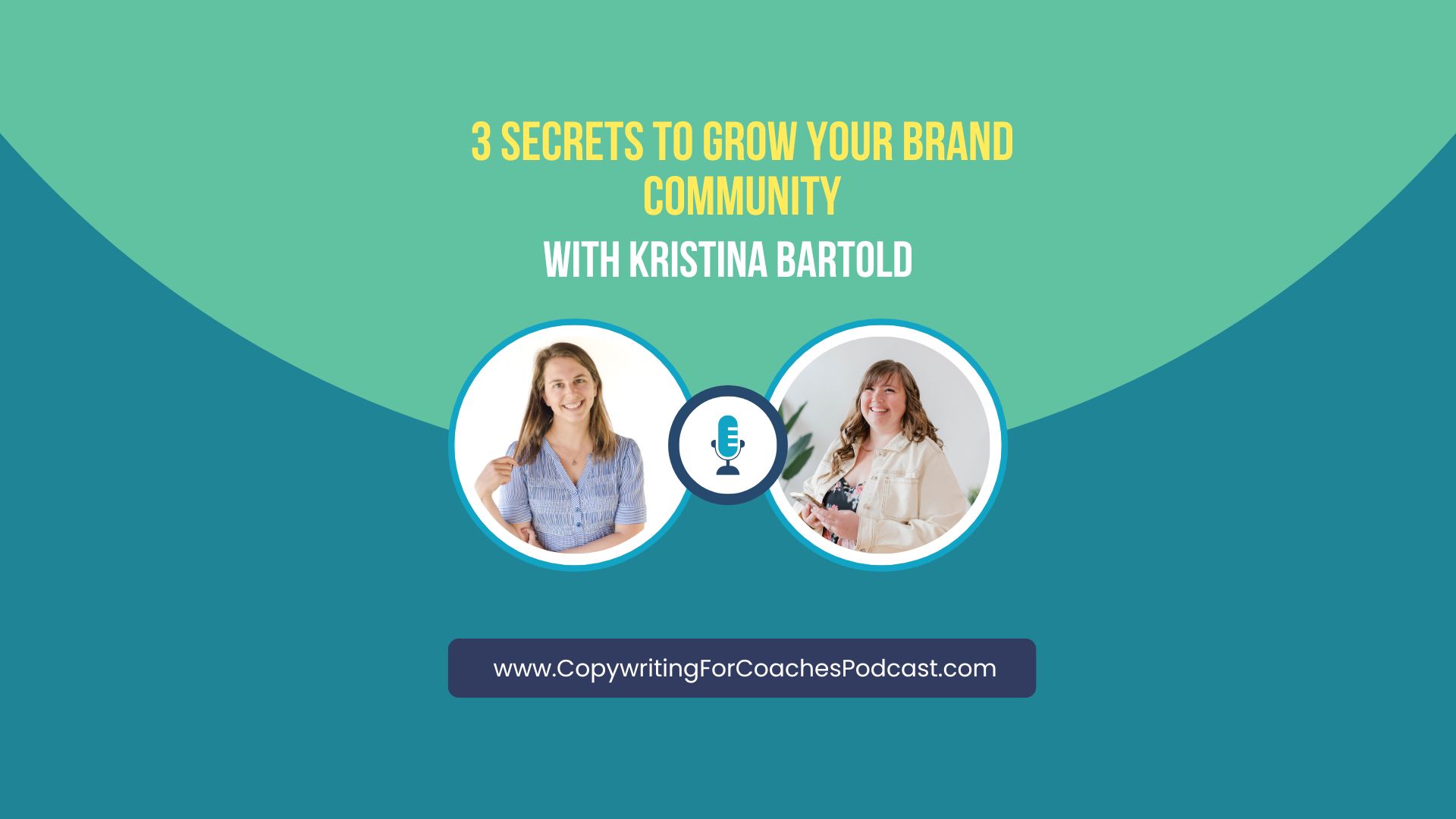DON’T READ ANY MORE BOOKS ON COPYWRITING.
Umm, what?
My copywriting mentor mailed me a stack of 7 books. Only two of them were actually directly about copywriting.
I stared in silence. Blinked a few times. Digested that this was indeed intentional, and not a mistake.
Copywriting principles and formulas do not change. Once you understand them, reading more about them is only going to do so much. The rest is about understanding your audience and the human condition.
Once you know the basics of copywriting, you get better by deepening your understanding of how humans work.
A winning case in your sales copy takes the same format as a winning trial in the courtroom.
This is why I read “Win Your Case” by Gerry Spence, America’s Winningest Trial Lawyer. The principles of persuasion and presentation that he uses are fundamentally the same as what is used in successful copywriting.
If you want to create a compelling case in your copy, read on to apply Spence’s lessons from five decades as a renowned and successful trial attorney on how to win in any arena.
It comes down to building the “know-like-trust” factor. Here’s how he does it.
The Foundation of Every Success Story
It starts with YOU.
Who you believe that you are.
What you believe that you are capable of doing.
It’s true in business, it’s true in sports, and it’s true in the courtroom.
When you figure out who you are and what you want, that awakens the people around you to the truest version of themselves, too.
Your ability to write confidently and grow a business is directly correlated to your identity and who you believe you are.
Everything you do has an impact on the people in your orbit.
The way you live your life affects the way they live theirs.
No one likes talking about this, but…
…We have to play the game of personal development, because there actually isn’t another way.
Your uniqueness comes from
-
your presence,
-
your vulnerability, and
- your genuine caring.
As Uncle Slim says:
“Ya can’t get nowhere with a $1000 saddle on a $10 horse”
You can buy all of the courses and coaching programs, education and experiences, learn all of the techniques and tools…
But if you know nothing about becoming a person, you are the $10 horse.
And you’re going nowhere.
Your power comes from the process of discovering yourself, not just for your own sake…
…but so that you can understand others more deeply.
The most compelling copywriting comes from understanding your audience’s problem, agenda, and fears.
Discover the Story
“Well-told stories are the engines by which we win”
Listen.
How do I even know what to say?
Deeply understand those you are trying to convince by listening to what they say…
…and also by listening to what they are not saying.
Let the story be non-linear.
The sequence of how the story actually happened does not have to be the order in which you present the story.
Your headline grows out of the story. It is rarely written first.
Every story has a conflict. Aggravate and escalate the conflict. Make it hurt. Show the emotions. Don’t resolve it right away.
Position your audience as the hero.
Identify who the villain is. It could be a person, an idea, or a traditional way of doing things.
Then invite the readers to join a new opportunity with you.
Prepare the Decision Makers to Embrace Your Offer
Be open and honest, because that creates connection, which establishes the environment for winning.
Avoid abstraction. Your readers don’t care about impersonal information and facts. They care more about a person. So tell your story as a first person narrative.
For example, you can tell people that you help them “remove negative thoughts around eating” or you can describe twirling around in their favorite dress as they get ready to go out to dinner, and not having to count calories while looking at the menu.
Which is more memorable? Which is more moving?
How does your audience see you?
Be human!
Readers need to identify with your story, because stories access feelings and emotions.
Spence uses psychodramatic techniques to role play from the other side’s perspective because reversing the roles creates empathy.
Build TRUST With These Four Qualities
Your vulnerability is your power.
When you find yourself wondering if your work is enough, when you’re on the edge of pressing publish or deleting everything…Show your humanity and connect with feelings first.
We cannot trust someone who is hiding something.
-
Be open and relatable. When you are relatable it builds credibility which leads to trust. You don’t have to be perfect; show your quirks! It feels terrifying at first, but it actually gains more respect.
For example, my copywriting mentor was homeless when he started his business. He read books in the library to learn copywriting. By owning his past that he is not proud of, it empowered me to feel like if he could do it from that place…why couldn’t I do it from where I’m at?
-
Care. Fear shows you what you care about. The only way to deal with it is to own it, face it head on, and allow it to lead you to better parts of you. Let your purpose make your fear irrelevant.
I was terrified of using my social media for business when I first started. I didn’t want to create the possibility for others’ judgement.
What would they think?
What would they say?
Then I went all in, using my social media accounts to build my business network.
I made invaluable connections.
I found my voice the more I used it.
When you genuinely care, people notice.
The foundation is to know who you are and what you stand for.
Create content that demonstrates your values, what you care about most.
Are you passionate about the freedom to work on your own terms and be your own boss? Be all about that.
Earnest that you can be a present parent AND a business owner? Share why that means so much to you.
-
Be angry at the pain your client is feeling. It shows you care and that leads to trust.
You’re trying to please everybody and that’s why your message isn’t being heard.
Take a stance. Have an opinion.
For example: Ramit Sethi polarizes powerfully. As a personal finance advisor (and entrepreneur and best-selling author), he takes a stand against the traditional story that you have to get a job, get married, and buy a house…and he offers another way to wealth. His “anger” is tasteful and relatable…you’ll find yourself nodding your head and seeing from another perspective.
Provide proof and evidence. Your audience doesn’t want to just take your word for it. They want to hear the proof and see the evidence from others. In copywriting, this can look like testimonials and case studies – or even screenshots of compliments from your past or current clients.
Close The Deal
“How the story ends depends on how we have told the story.”
Be their guide through the forest: someone who knows the territory that you can trust.
Quick travel story:
We had THE best guide when we climbed Mt Kilimanjaro on our honeymoon. Our guide, Chunga, was known as “the king of the mountain.” The other guides went to him for advice. He could summit the mountain in 2 days…just a fraction of the time it takes most hikers to do so safely (5-8 days).
He was friendly and warm…and also spoke with authority that came from his experience on the mountain and as a guide. He had an unwavering belief that we would make it to the peak…not because of anything we had done, but because of his methods and track record of results as a guide.
He understood our emotional journey, served our practical needs, and saw us for the best version of who we could be.
Join your readers at the heart level. Create a vision of a better person creating a better tomorrow.




